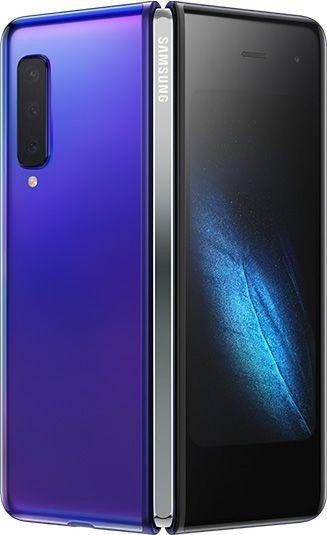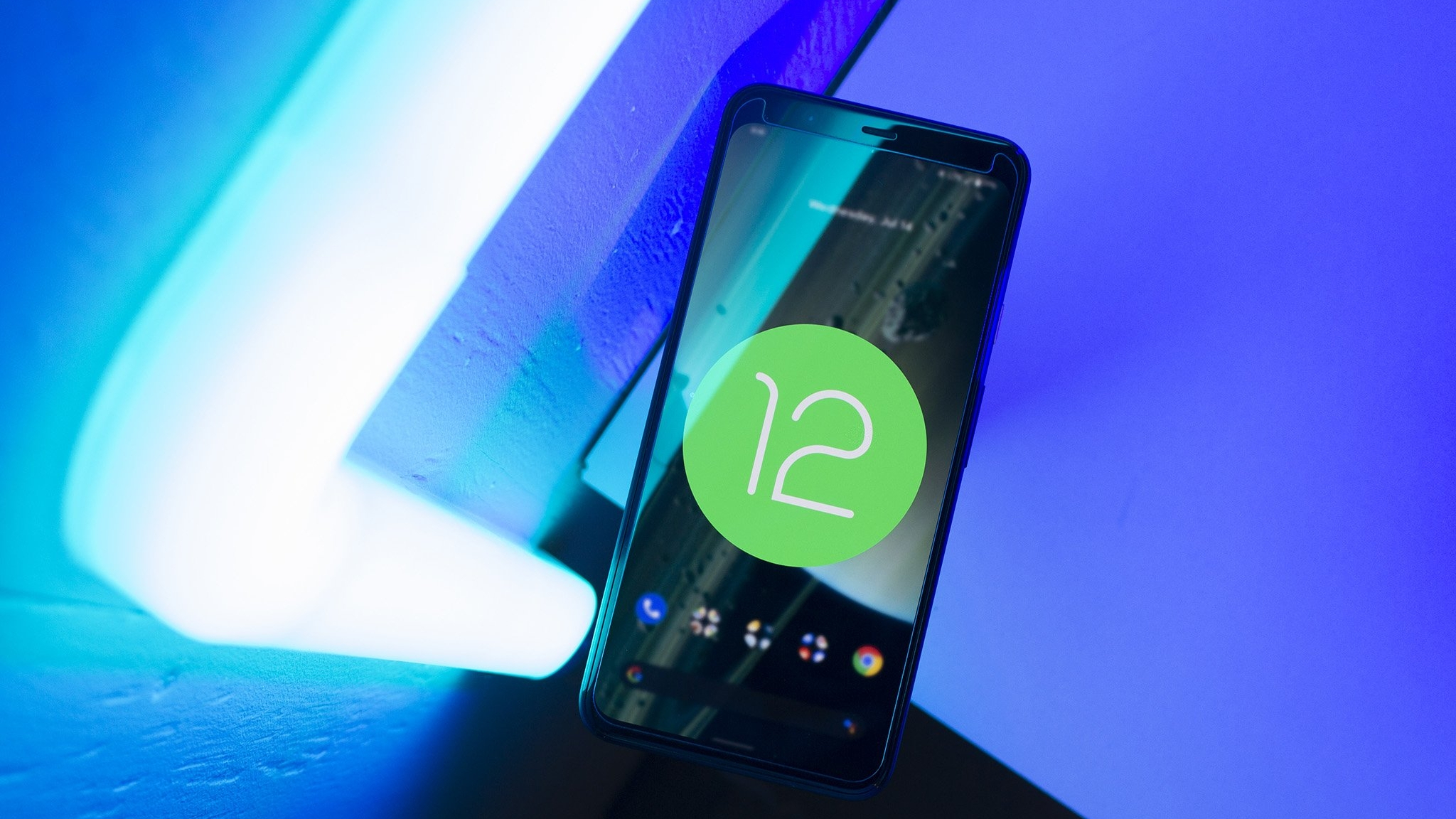Hands-on: The new Galaxy Fold feels tighter, stronger, and just as groundbreaking
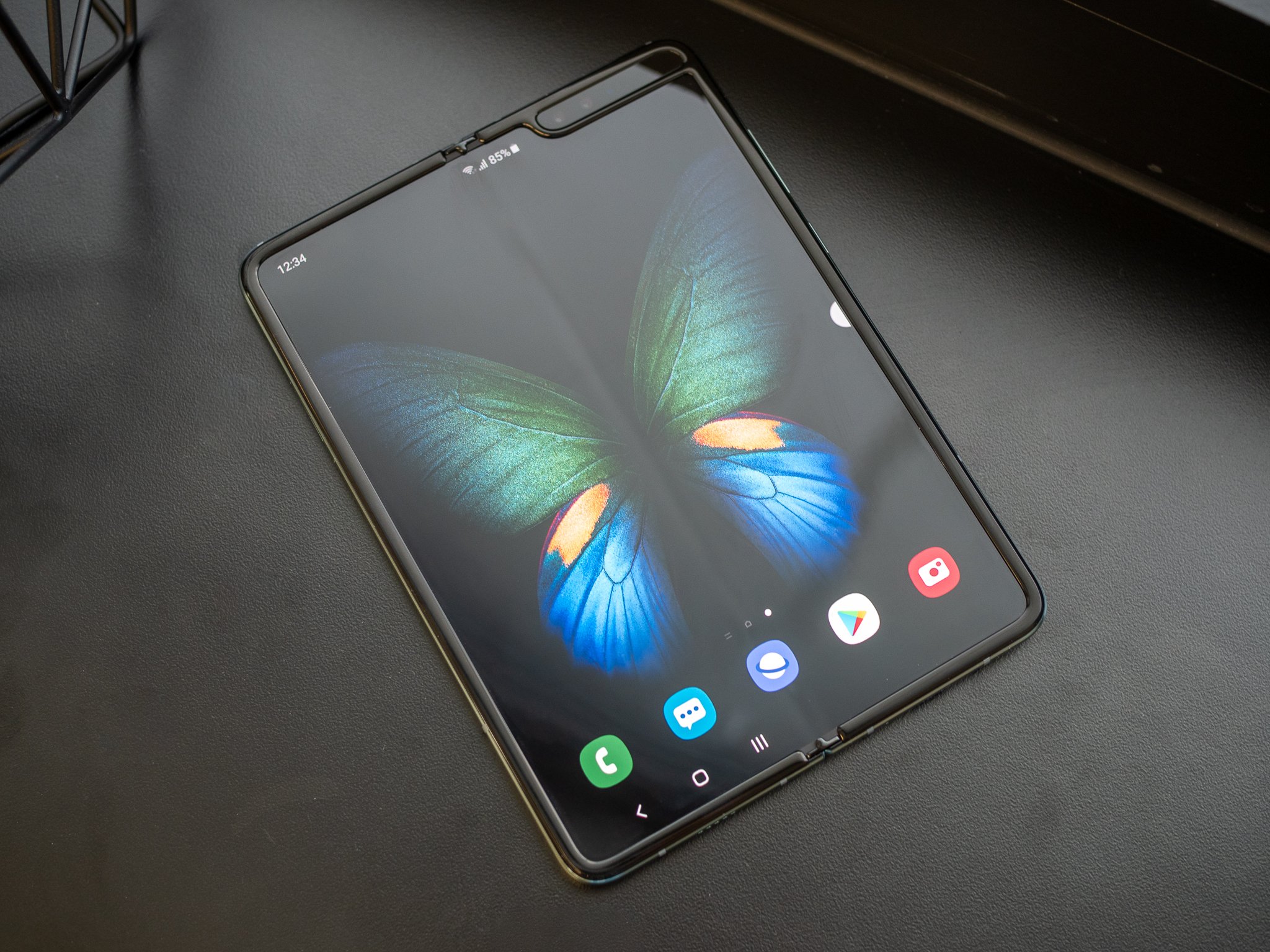
The Galaxy Fold is going back on sale over four months after Samsung's first attempt, with the same price tag and marketing messaging despite the well-publicized hardware problems that led to early devices failing. The company loosely laid out the changes it made to this refreshed model back in July, but today I had my first opportunity to see, and most importantly feel, what the new phone was like months after using the cancelled original.
Reading Samsung's explanation of what was done to the Fold, I wasn't expecting there to be noticeable changes to the way the foldable felt. But it only took a few minutes using the refreshed Fold to tell the hardware improvements were really important; and the combination of tweaks makes the Fold feel like it's actually ready to sell this time.
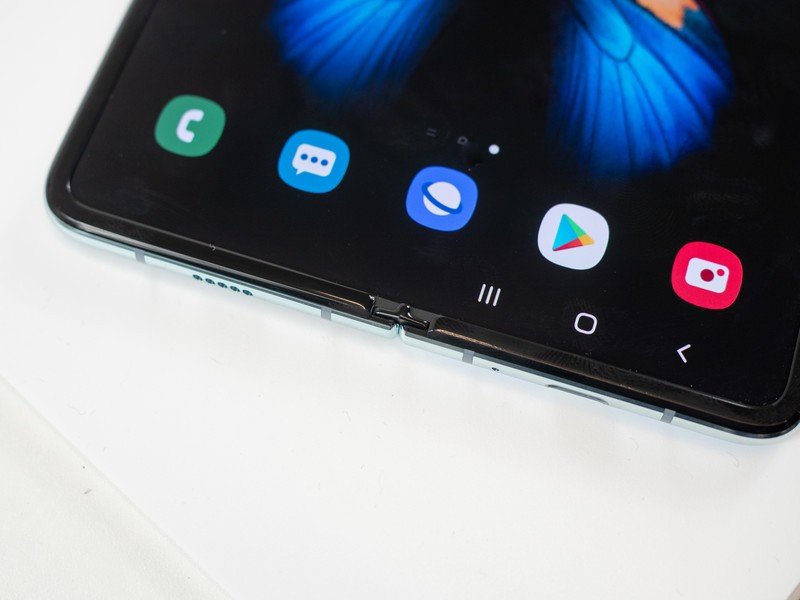
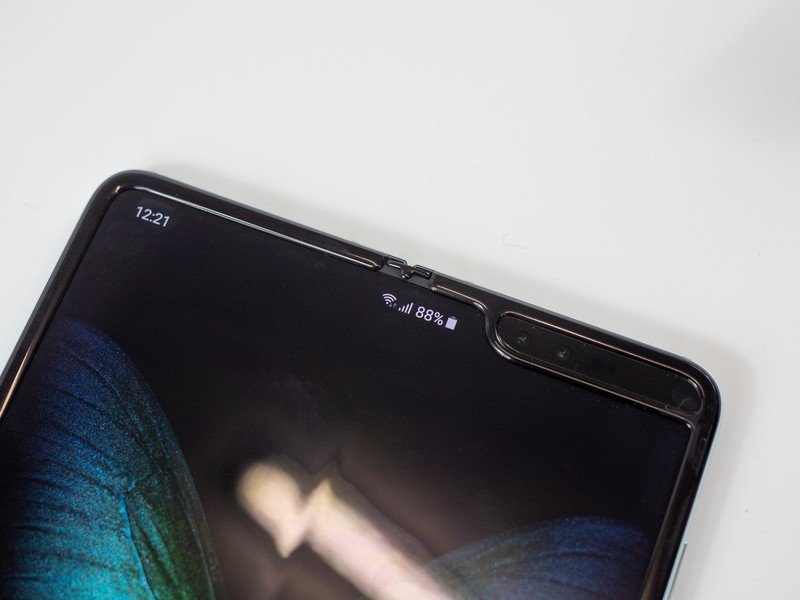

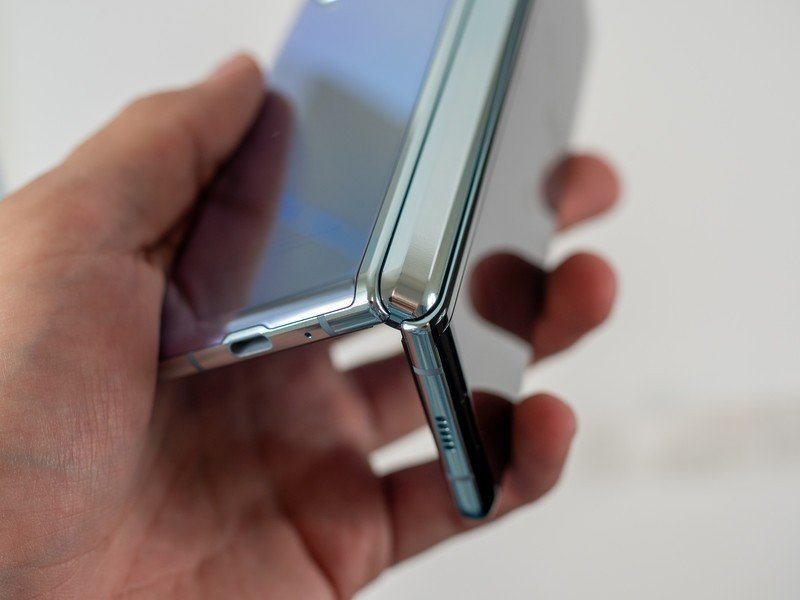
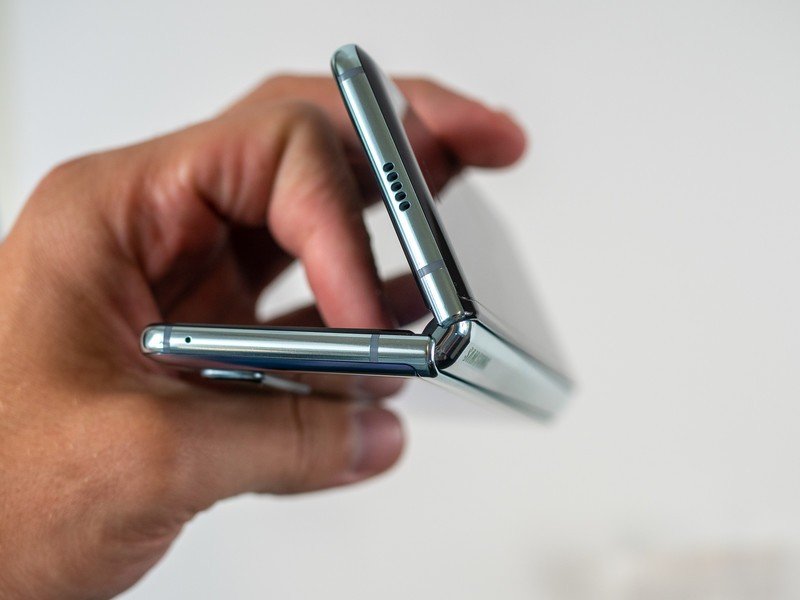
It's baffling that the hinges were left so exposed on the first version — this makes much more sense.
The hardware changes obviously all focus on the display and hinge. Both ends of the hinge are now almost entirely enclosed, with openings only large enough to facilitate the movement of adjacent parts when the halves are in motion. There are noticeably large caps on both ends of the hinge up against the interior screen, and the large hinge cap visible around a majority of the hinge has had its tolerances tightened up.
The biggest visual change is to the top protective layer of the screen, which now extends the full width of the phone and is tucked underneath the raised bezel for the entirety of the screen. The fact that this wasn't the original design is completely baffling to me, whether Samsung ever expected people to remove it on purpose or not. No claims were made about improvements to the plastic substrate itself, but addressing the major elephant in the room of removing the layer was obviously the priority.
When you open the Fold, it stays open with a confident tautness in the hinge and display.
The most physically noticeable change is the way the Fold opens and stays open. Samsung says an additional layer of metal was placed underneath the display mechanism and connected to the hinge to address a considerable amount of the flex that was very noticeable in the first version. Now, when you pull the Fold apart there's a very satisfying click and the screen pops tautly into place — and it's actually flat this time. Before, there was a disconcerting amount of slack in the hinge when the Fold was open, leaving the screen to be slightly less than flat and leading to a little bit of wiggle in the screen that was very noticeable when using it in portrait mode in particular.
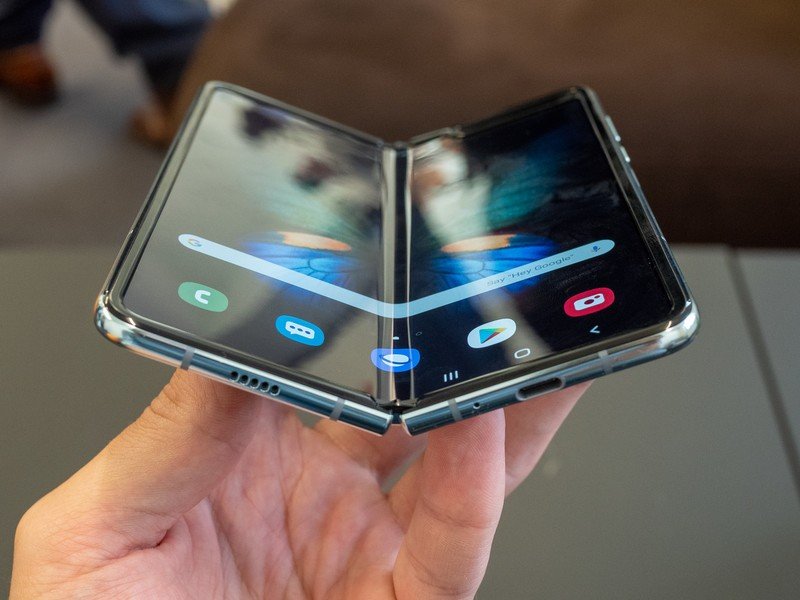
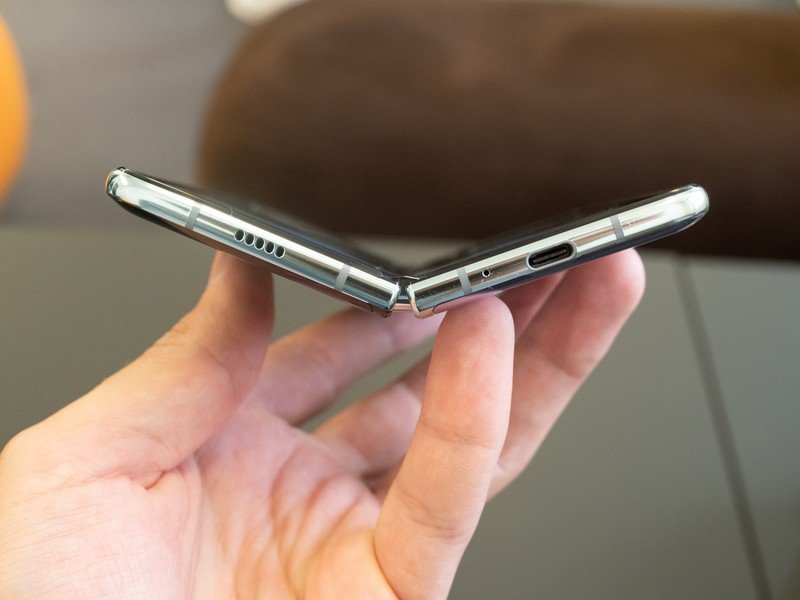
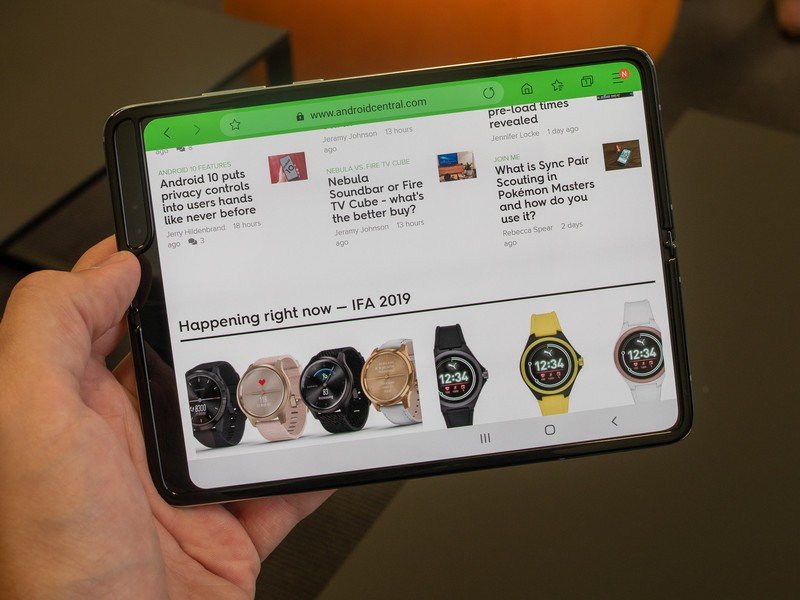
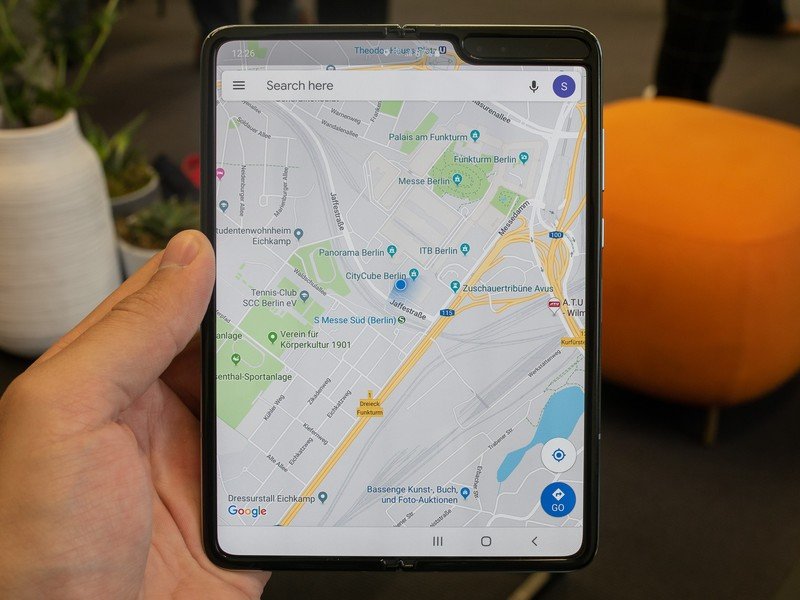
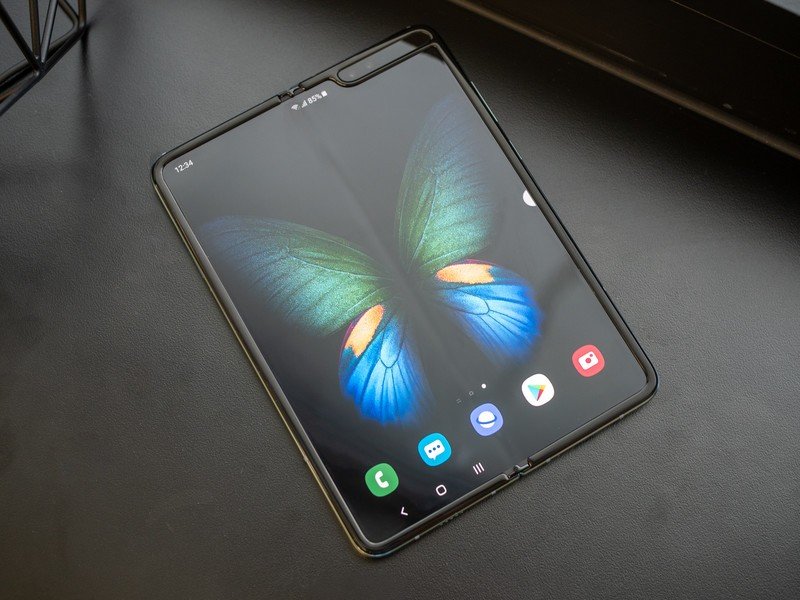
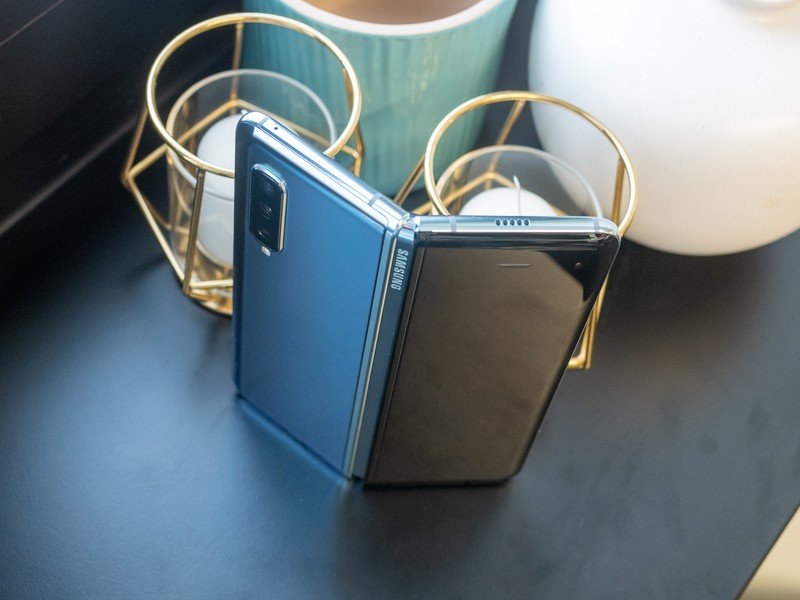
Look, you can definitely still notice the screen crease. It's still most noticeable when viewing full-screen apps and with lighter content displayed in particular. And even across the handful of units that were made available in my meeting at the IFA trade show in Berlin I could see variations in how the crease had worn in. When it comes to a plastic flexible display that folds in half, there are bound to be little variations and changes over time.
This is how the Fold should've shipped the first time.
But the improvements to the overall tightness of the hinge, and the way the phone stays more rigid and flat when the screen is unfolded, have me cautiously optimistic that the crease won't wear in as badly or have as many inconsistencies over time. The original Fold never seemed to commit to keeping the screen pulled tight, and the new version certainly does every time you open it.
Be an expert in 5 minutes
Get the latest news from Android Central, your trusted companion in the world of Android
If you hadn't seen or used the original version of the Fold you wouldn't think these design changes are out of place whatsoever — in fact, it now looks much more like a complete product rather than some kind of engineering prototype. The fact that the Fold ever shipped with a relatively exposed hinge mechanism, a hinge that didn't lock the screen flat while open, and with a screen covering that could be easily removed is frankly baffling — now, all of these things have been addressed, and this is how the Fold should've shipped the first time.
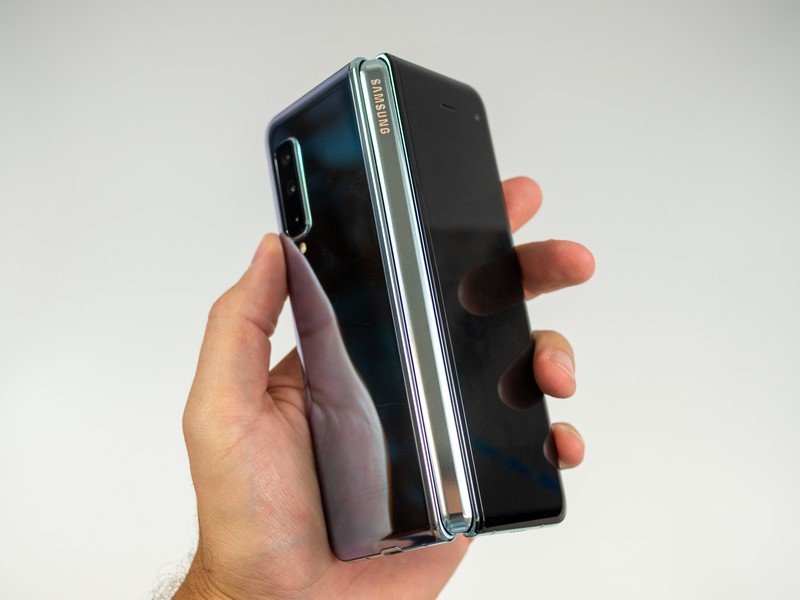
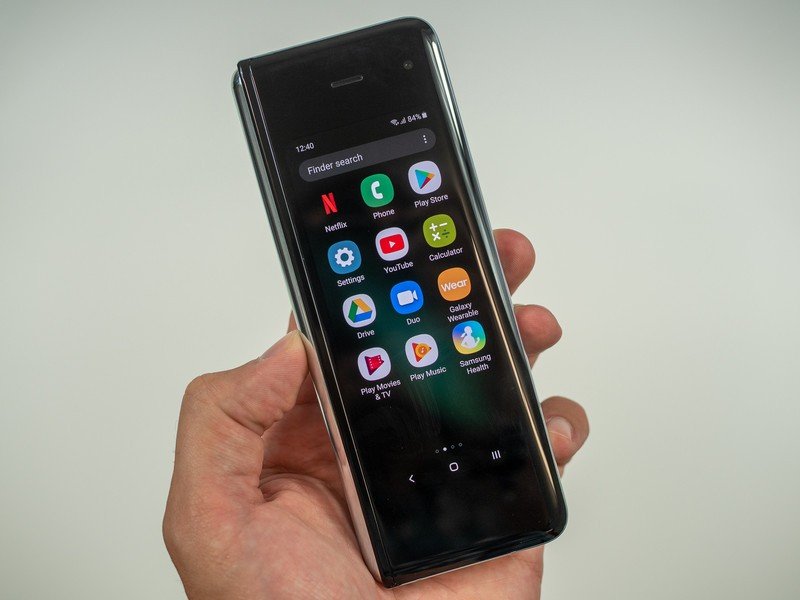
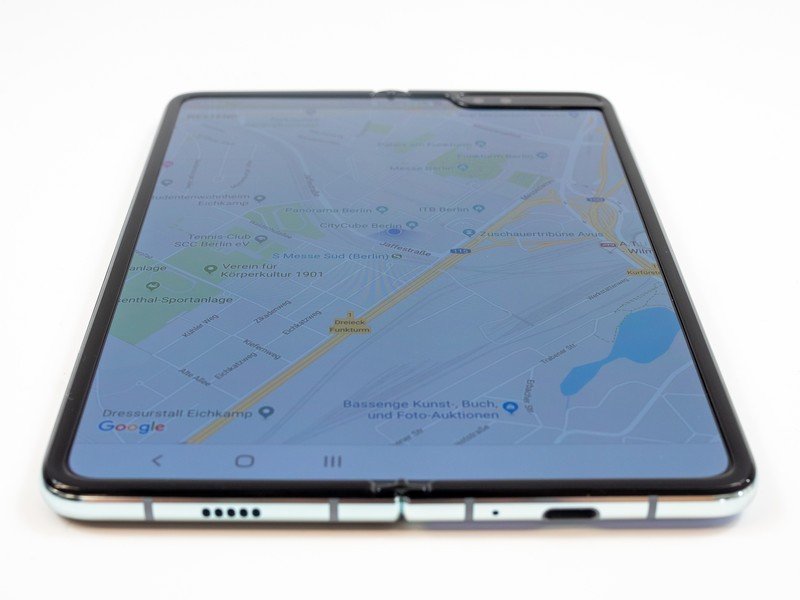
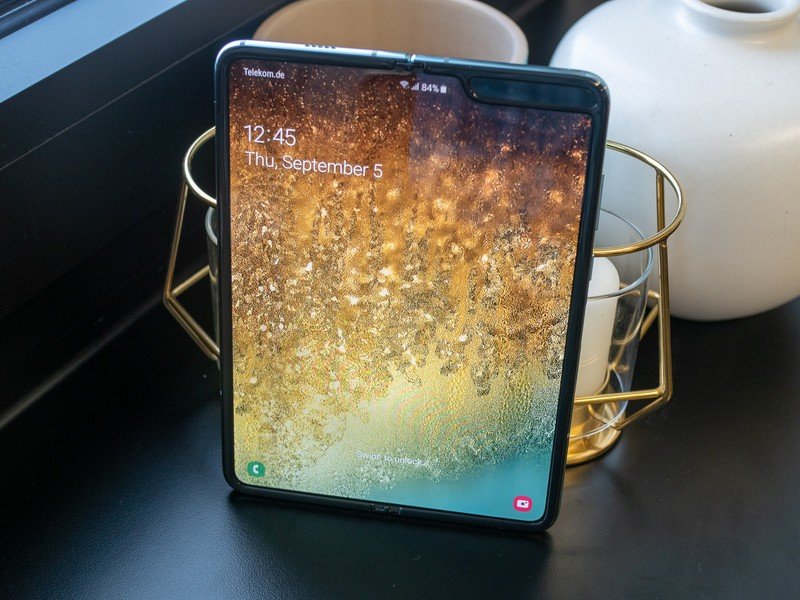
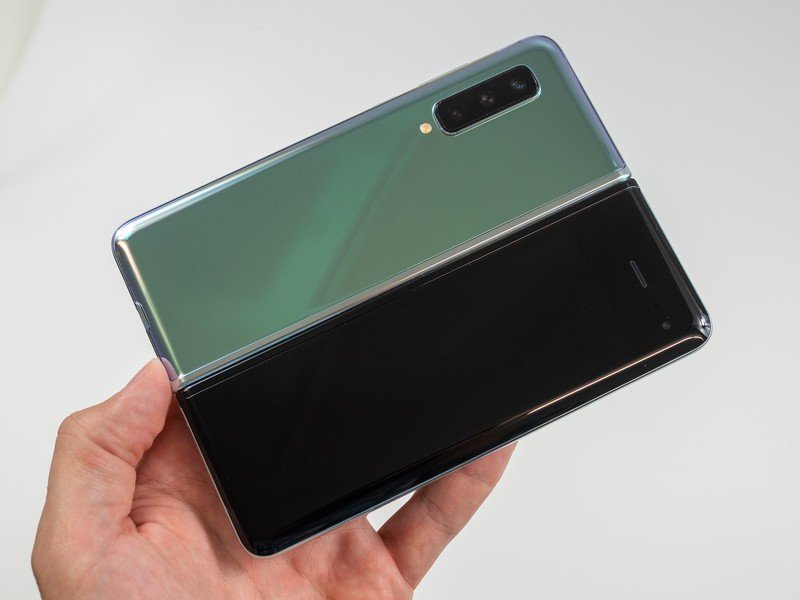
I'm really glad Samsung seems to have sorted out the Fold's display and hinge problems, at least when operating within the constraints of this particular form factor. With a more robust hinge, better protection to keep debris out of the internals, a better screen covering, and general reliability improvements, we'll actually be able to evaluate the Fold on its merits as a device without the cloud of the issues hanging overhead.
At least, we can hope that that's the case — there's still plenty of reason to be skeptical of the Fold's long-term reliability, and we'll only be able to find out if these fixes truly worked after getting thousands of phones into people's hands and letting them use them in the real world for months.
Andrew was an Executive Editor, U.S. at Android Central between 2012 and 2020.

